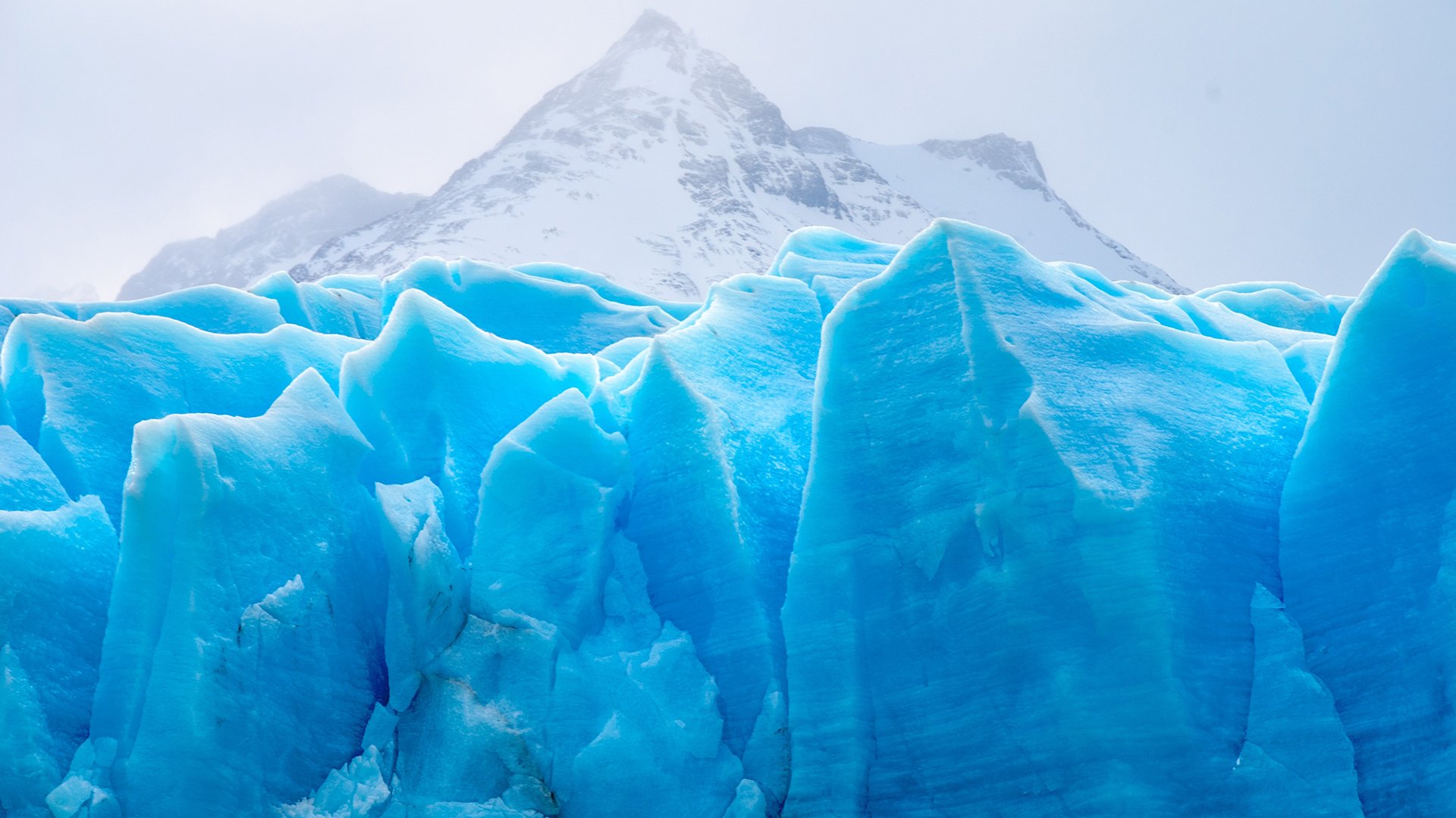Methyl iodide
To find out if there are bacteria living in polar snow, researchers compared snow samples in their natural state with snow sterilised using UV light. Extensive precautions were taken to prevent the risk of contamination. Tests were done out on a glacier, far from dirt and polar animals, and tarpaulins were used to shield the samples from sunlight and wind. In the unsterilised snow, researchers found an unexpectedly high level of methyl iodide, a gas produced by marine bacteria.
Time to revise climate forecasts?
The history of Earth's climate is often studied using glaciers. When large amounts of snow fall on a glacier, older layers of snow are compacted underneath, trapping and preserving small atmospheric samples from that time. The deeper you dig, the farther back in time you go. Climate scientists use these samples to measure prehistoric carbon levels. By tracing the atmospheric values over time, they can make predictions about present-day climate change.
However, these predictions have always been based on the assumption that ice is sterile. Now that traces of carbon and other gas-producing bacteria have been found in polar snow, we may have to modify our view of the Earth's climate history. It may turn out that the human impact on atmospheric carbon levels is even greater than previously calculated using glacial ice.
Extraterrestrial life
The finding that bacteria can thrive in polar ice and snow demonstrates that microbial life could also exist in other extremely cold and nutrient-poor places, including frozen planets. Until now, no one has looked for life there as it was thought to be impossible in such conditions.

